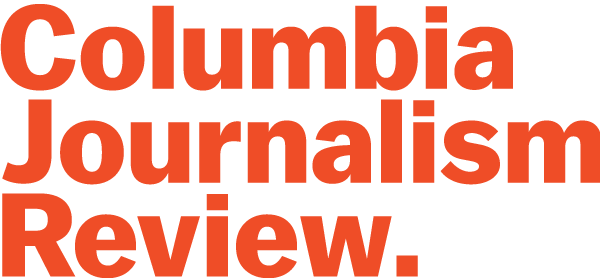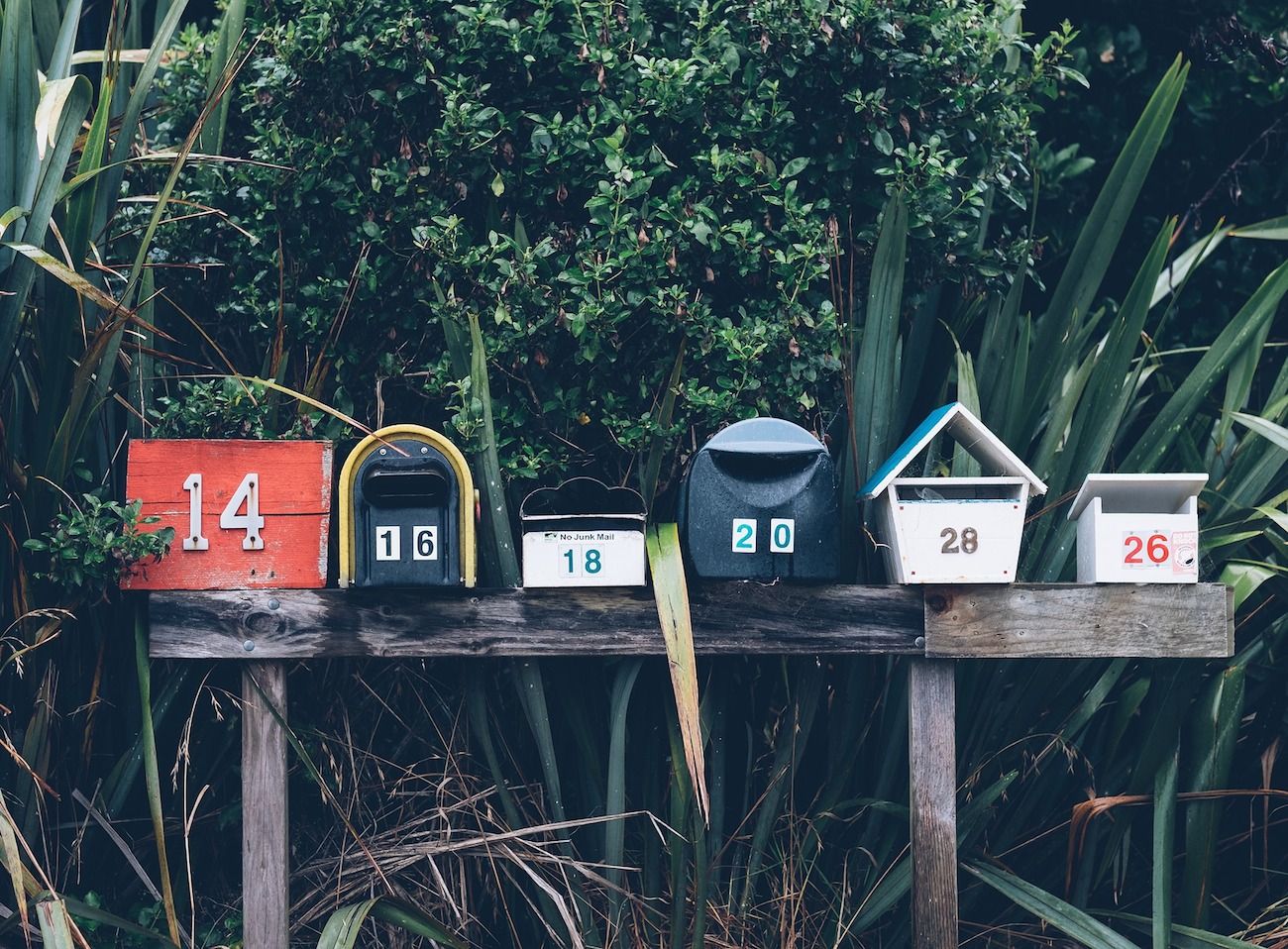Sign up for the daily CJR newsletter.
In October 2022, the New York Times asked, “Are we past peak newsletter?” “After a rush of excitement around the potential for paid email newsletters to transform the media industry,” the paper wrote, “there are indicators that the bubble may be popping”; Meta had just killed a newsletter product, while the newsletter publishing platform Substack was cutting back on the advances it was paying to writers. Recent trends, however, suggest that the format is experiencing renewed momentum. Press Gazette reported, for example, that Substack had, for the first time, entered its ranking of the top fifty news websites in the UK, reaching a larger share of the country’s population than CNN in March. That month, the platform topped Press Gazette’s list for the largest month-over-month increase in both total minutes spent and audience growth.
Newsletters, a decades-old medium, have fluctuated in popularity over time. But in an era dominated by algorithm-driven feeds and platform disintermediation, they offer a compelling value proposition for publishers aiming to cultivate direct, lasting relationships with readers. “Unlike social media or search algorithms, which prioritize virality or engagement with specific trending topics, newsletters deliver content directly to readers’ inboxes in a controlled and intentional way,” Alex Partida, a fellow at the Reynolds Journalism Institute, wrote last year. Today, 90 percent of Americans say that they are subscribed to at least one newsletter. And many of the most widely read are news-focused: The Morning, a flagship product from the Times, for instance, tops one list of the most popular English-language newsletters, with seventeen million subscribers.
While major publishers like the Times have typically used customized, enterprise-grade CRMs, or customer relationship management tools, many smaller outlets and independent journalists—seeking alternatives to dominant media institutions or looking to build personal brands—have relied on platforms like Substack that offer tools for distribution, monetization, and audience engagement, typically in exchange for a percentage of subscription revenue. Substack boasts fifty million active subscribers and over fifty thousand revenue-earning publications; in March it surpassed five million paid subscriptions, just four months after passing four million. Some writers, such as the commentator Matthew Yglesias, have reportedly earned over a million dollars a year on the platform.
Now, however, Substack is increasingly attracting interest from established outlets looking to meet audiences where they are. In March, Allure launched its Substack, The Beauty Chat; Kara McGrath, the magazine’s content director, told Kate Lindsay of the Substack Embedded that she views the launch as an experiment with a new form of social media, not a replacement for Allure’s current newsletter strategy. Similarly, New York magazine began publishing its daily Dinner Party newsletter on the platform, in addition to sending it via the regular email list. “We are always looking for new ways of finding and engaging potential readers, and Substack seemed like fertile ground for us,” Joyce Tang, New York’s editorial director for audience, told Nieman Lab. “This has become more important since reaching new audiences has become trickier as audiences on traditional social platforms have waned and search algorithms have undergone drastic changes.” Earlier this month, the Daily Mail also joined the platform.
Substack’s appeal is expanding in the political sphere as well. Lauren Egan recently reported for The Bulwark (an outlet that itself publishes on Substack) that leading Democratic politicians—including Pete Buttigieg, the Connecticut senator Chris Murphy, and the Texas congresswoman Jasmine Crockett, as well as the Democratic National Committee—have embraced the platform since Donald Trump returned to power. “As cable news becomes less relevant and as liberals have scattered across a variety of social media platforms, Substack has become one of the few places to offer stability: with a growing audience, a reliable information delivery system, and a variety of mechanisms (emails, Twitter-like ‘notes,’ videos, and various chat tools) to convey one’s message and engage directly with followers,” Egan wrote. Substack has reportedly held meetings with congressional staffers and aides to 2028 presidential hopefuls and hired a former cable news political booker to help make the platform a central venue for political discourse in upcoming election cycles. “Democrats see Substack as one of the more promising platforms,” Egan noted, “in part because it has largely moved against the current social media trends—more essays than algorithms, intellectualism alongside influencers.”
Indeed, Substack has launched several initiatives this year to attract new creators. In January, it announced a twenty-million-dollar Creator Accelerator Fund aimed at luring talent from TikTok, amid regulatory uncertainty around the short-form video app. (A previous program, Substack Pro, offering top journalists high pay, health insurance, and other benefits, ended in 2022.) In March, the platform announced that it was rolling out a TikTok-like scrollable video feed in its app, and this month it launched livestreaming functionality.
Not all creators have stayed loyal to the platform, however, as other venues for the publication of newsletters have likewise proliferated. Some early adopters who left traditional media for Substack have moved to alternative platforms, like Ghost and beehiiv, that they see as offering more favorable revenue models and infrastructure and, in some cases, better content moderation policies. (A number of writers have quit Substack in protest of its tolerance of extremist content in the name of free speech.) In December, Tyler Denk, the cofounder and CEO of beehiiv, criticized Substack, calling it the “Amazon of publishing,” and arguing that it gives creators an illusion of independence while consolidating control. He cited concerns including creators’ lack of ownership over their audiences, algorithmic dependence, the homogenization of content and experiences at the expense of publishers’ unique brand identities, and a lack of access to meaningful data and analytics. Unlike Substack, which takes a 10 percent cut of creators’ subscription revenues, beehiiv earns revenue through its ad network and takes no cut from creators’ subscriptions. In November, it launched a “multimillion-dollar” initiative to establish the beehiiv Media Collective, which offers benefits for members such as health insurance, legal support, access to AI and image software, and waived hosting fees; in March, it rolled out a feature that allows creators themselves to manage ads and invoice advertisers. Ghost, meanwhile, is a nonprofit open-source company that licenses its technology to journalists and news outlets including the Kyiv Independent, 404 Media, and Hell Gate. As of March, the platform is integrated with the fediverse, or the open social Web, enabling content to be shared and interacted with across federated platforms.
It’s likely that more journalists leaving legacy media will consider using such platforms: this month, for instance, the misinformation experts Alexios Mantzarlis and Craig Silverman teamed up to launch Indicator, a free newsletter hosted on beehiiv that offers paid subscribers a monthly training workshop. Regardless of the platform, newsletters clearly do offer a meaningful alternative for distributing content and building audience relationships. A recent Times article profiled readers who spend hundreds or even thousands of dollars annually to support independent writers. As Dan Oshinsky, a newsletter consultant, told the paper, what sets newsletters apart from traditional media subscriptions is the desire to support the person behind the work, rather than just the content. “When there is a person behind it or a small team behind it, readers will go, ‘I really like you, I like your mission, I like your work, and I want to make sure that I support you in some way.’”
Liz Kelly Nelson, who runs the beehiiv-hosted publication Project C, which is dedicated to “supporting, amplifying, and normalizing independent content creator–model journalism,” argued that fears of independent newsletters undermining traditional media are misplaced. “Journalism, no matter the source, is not a zero-sum game,” she wrote. “There is room for the amazing work coming out of dynamic news organizations with long traditions of investigative and enterprise journalism. There is also room for upstarts who are covering the news gaps those organizations have left for consumers. We know this because consumers are, as they are wont to do, voting with their wallets.” Peak newsletter may still be ahead of us.
Other notable stories:
- Early yesterday, Charles Gasparino suggested in the New York Post that Paramount, which owns CBS News and is seeking federal approval for a corporate merger, could imminently settle a lawsuit brought by Trump over the network’s interview with Kamala Harris last year—and that Shari Redstone, the company’s controlling shareholder, is inclined to “settle the matter and move on with her life”—but fears that it could be sued on bribery grounds if it does so, and that its insurance wouldn’t extend to defending against such a claim. Later, the Wall Street Journal’s Jessica Toonkel and Josh Dawsey reported that Paramount has already offered to settle the case for fifteen million dollars, but that Trump wants twenty-five million and an apology—and is threatening to sue Paramount again over allegations of bias in CBS’s news coverage.
- In other news about Trump and the media, Politico reported yesterday that all remaining staffers at Voice of America, the US-backed international broadcaster, are expecting to be terminated soon, effectively shuttering the outlet, though litigation over its future is continuing and VOA’s sister broadcasters enjoyed a win in court yesterday, NPR’s David Folkenflik notes. Elsewhere, Politico also reports that the administration is finally set to send Congress a so-called “rescissions” package asking it to claw back funding for NPR and PBS, among other things. And the New York Post reportedly suspended Josh Kosman, a longtime reporter, after he accused the paper, in an interview with Breaker, of “catching and killing” a critical story about a Trump nominee. (The Post denied this.)
- Last year, the LA Times reported that the local sheriff’s department had investigated Maya Lau, a former reporter at the paper, over her receipt of a leaked list of deputies with a history of misconduct; the department finally recommended that California’s attorney general charge Lau, though he did not ultimately do so. (Journalists’ reporting on stolen documents is generally protected by the First Amendment, as long as they didn’t steal them themselves.) Now Lau is suing LA County, the former sheriff, and other officials over the probe. “I am bringing this lawsuit not just for my own sake, but to send a clear signal in the name of reporters everywhere: we will not be intimidated,” she said.
- Recently, Nieman Lab’s Sarah Scire wrote about the National Trust for Local News selling a number of papers in Colorado to “an out-of-state, for-profit media company with a history of reducing local newsrooms”—a surprise, given the trust’s nonprofit mission. After she wrote, Steve Strickbine, the president of the acquiring company, reached out to object, making the case that it saves papers from extinction, even if they can no longer serve as watchdogs. Scire writes that she disagrees with Strickbine’s vision for local news, but that she’s never interviewed an owner willing to talk so candidly about it.
- And for CJR’s podcast The Kicker, Josh Hersh spoke with Phil Williams, a veteran TV journalist in Nashville. “His deep dives into toxic wastewater and lobbyist access to state politicians have earned him a slew of major journalism awards, including five Peabodys and five duPont-Columbia Awards. But in recent years, his most viral moments have been his unflappable encounters with extremists and neo-Nazis, who have popped up brazenly in communities around Nashville—that is, until Williams shows up with receipts.”
Has America ever needed a media defender more than now? Help us by joining CJR today.







